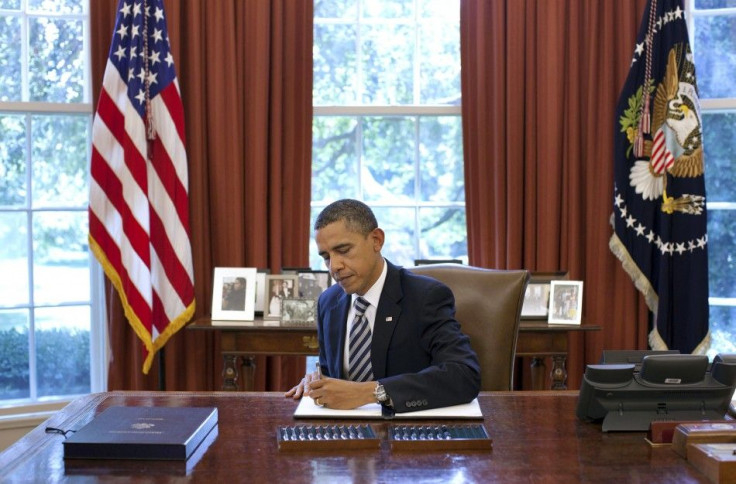Beijing Rating Agency Downgrades U.S. Debt Rating

A Beijing-based ratings agency on Wednesday downgraded the U.S. sovereign debt rating, while Western agencies such as Fitch and Moody’s reaffirmed their AAA rating, following Congressional approval of a plan to raise the debt ceiling.
Dagong Global Credit Rating, a new entrant in sovereign debt rating, downgraded the U.S. credit rating from A+ to A with a negative outlook, after keeping in the negative watch list on July 14.
The rating agency said in a statement that the U.S. decision to raise the borrowing ceiling has not changed the general trend that the increase in national debt outpaces the increase in economy and revenue, making this incident a turning point for the U.S. government’s solvency to decline even further.
“By raising the debt limit the U.S. temporarily prevents the government from debt default, but it does not improve the national solvency; rather the heavier debt burden on the government will cause the U.S. sovereign debt crisis to deepen further,” it said.
Dagong cited defects in the political structure exposed in the bipartisan struggle indicate that the U.S. government has difficulty in ultimately resolving the sovereign debt crisis, as one of the key reasons in downgrading the rating.
“The difference in political views between the Democrats and Republicans has been acting as a curb on the decision-making efficiency of the U.S. government ever since the mid-election in the U.S.,” it said.
Dagong predicts the size of the U.S. federal debt to exceed country’s gross domestic product (GDP) by the end of 2012.
“The pace of the U.S. deficit cut is far lower than the new debt growth and the fiscal policy of revenues falling short of expenditures will surely keep pushing the U.S. government debt to a higher level,” the agency said.
It also said further quantitative easing (QE3) in the U.S. will push the world economy into overall crisis and the status of US dollar will be essentially shaken in the process.
Dagong had cut the U.S. rating to A+ in November last year, after Federal Reserve opted for second round of quantitative easing amid signs of slowing economic recovery.
In July 2010, Dagong released its first report on the government debt risks of 50 countries, in which it rated debt risk of the U.S. above China.
The report contradicted the reputed global rating firms such as Moody's, Standard & Poors and Fitch, assessment of the U.S. government debt as the safest among the debts of other countries.
© Copyright IBTimes 2025. All rights reserved.





















